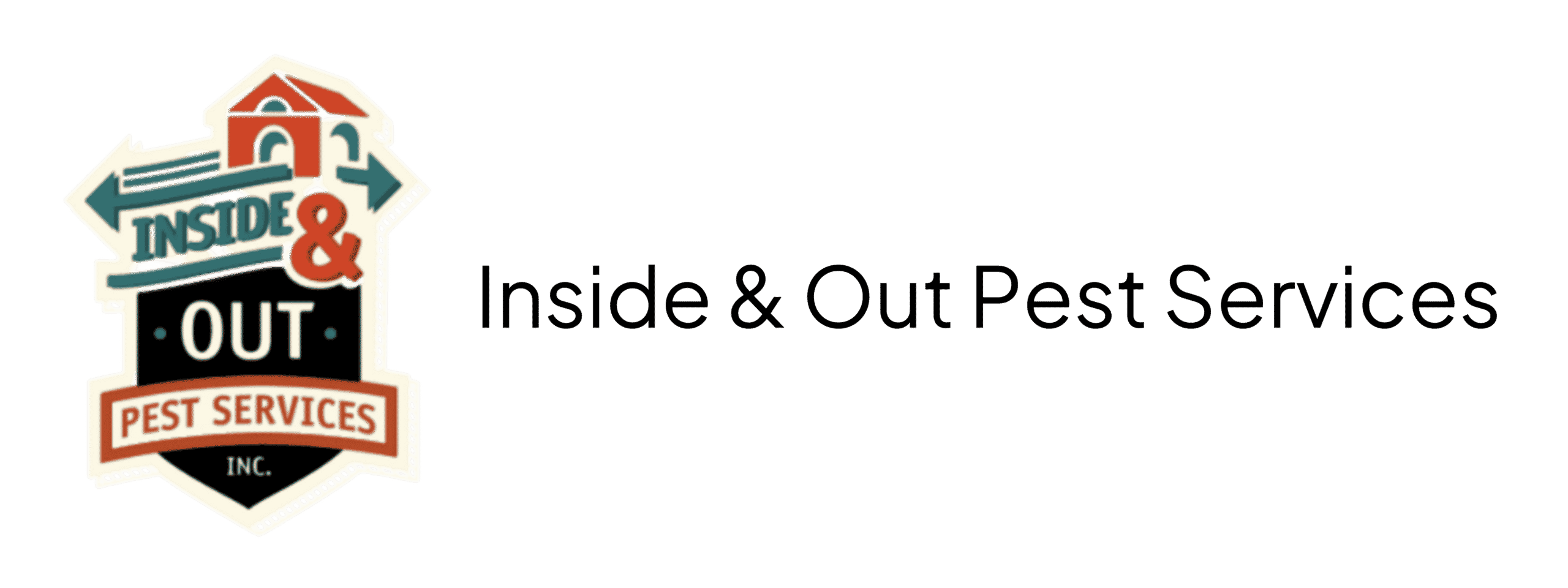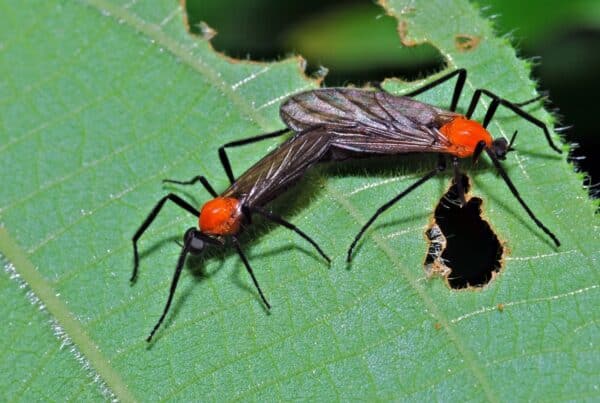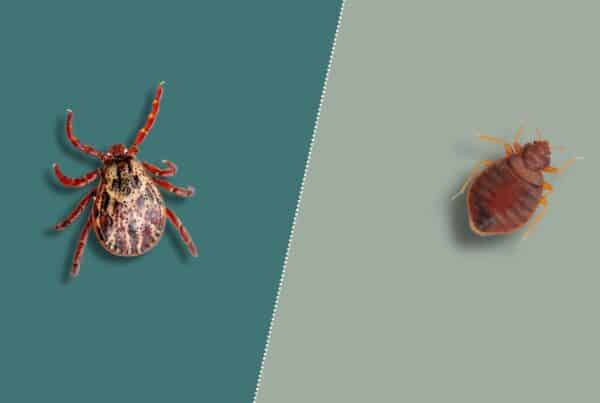Crane flies are often mistaken for giant mosquitoes, which leads many to wonder if these insects eat mosquitoes or pose a threat to humans. In this article, we’ll explore what crane flies are, clarify their diet, and debunk some common misconceptions about them.
For anyone curious about the crane fly’s role in the ecosystem or looking for ways to manage them around your home, you’ll find all the information you need right here.
What Are Crane Flies?
Crane flies are insects that belong to the family Tipulidae. They have long, slender legs and a body that can range from a few millimeters to several centimeters in length.
Crane flies undergo a complete metamorphosis, consisting of four life stages – egg, larva, pupa, and adult. The larvae, often referred to as “leatherjackets,” live in the soil and feed on decaying organic matter, plant roots, and other vegetation.
Adult crane flies typically emerge in the spring or fall, depending on the species, and their primary purpose is to mate and lay eggs. They have a short lifespan, often living only a few days as adults.

A crane fly larvae, or Leatherjacket
Do Crane Flies Eat Mosquitoes?
One of the most common questions about crane flies is whether they eat mosquitoes. The answer is no – crane flies do not eat mosquitoes.
In fact, adult crane flies do not feed at all. Their mouthparts are not designed for biting or sucking, and their brief adult life is focused solely on reproduction. Crane fly larvae, while they do feed, primarily consume decaying plant material, fungi, and small organic matter in the soil.
So, crane flies are not natural predators of mosquitoes and do not contribute to controlling mosquito populations.
Other Crane Fly Misconceptions
Many people believe that crane flies are dangerous or harmful, largely due to their resemblance to mosquitoes. This misconception has led to unnecessary fear and attempts to eradicate them – here are some other common myths about crane flies and the truth behind them:
- Myth: Crane flies bite humans and animals.
- Reality: Despite their mosquito-like appearance, crane flies are harmless to humans. They do not bite, sting, or spread diseases.
- Myth: Crane flies are a sign of a mosquito infestation.
- Reality: The presence of crane flies does not indicate an increase in mosquito populations. They are not related to mosquitoes in terms of diet or behavior.
- Myth: Crane flies damage plants and crops.
- Reality: While crane fly larvae, known as leatherjackets, can feed on plant roots and seedlings, they generally do not cause significant damage. They primarily consume decaying organic matter, contributing to soil health and nutrient recycling.

How to Manage Crane Flies
Though crane flies are generally harmless and beneficial, their larvae can sometimes become a nuisance in large numbers, particularly in lawns and gardens.
To manage crane fly populations around your home, start by regularly inspecting your lawn and garden for signs of leatherjackets, which are the larvae of crane flies. Brown patches in your lawn may indicate larval feeding. Maintaining a healthy lawn is crucial, so ensure you are watering, mowing, and fertilizing properly. A healthy lawn is more resilient to pest damage.
You can also introduce natural predators like birds and beneficial nematodes to help keep the larvae populations in check. If necessary, consider using insecticides specifically labeled for crane fly control, but always follow the product instructions and use chemicals as a last resort.
When to Call a Professional
If you’re noticing large numbers of crane flies or extensive damage to your lawn and garden, it might be time to call in a professional. They can assess the situation and recommend appropriate treatment options.
Additionally, if your efforts to control crane flies are not yielding results, a professional can provide more effective solutions. Professionals can also implement Integrated Pest Management (IPM) strategies, combining biological, cultural, and chemical controls to manage pests in an environmentally friendly manner.
Wrapping Up
Crane flies, often mistaken for giant mosquitoes, are harmless insects that play a significant role in the ecosystem. Despite their intimidating appearance, they do not bite, sting, or feed on mosquitoes.
Effective management of crane flies involves regular lawn maintenance, introducing natural predators, and, if necessary, using targeted insecticides. However, in cases of severe infestations, never wait to call for help. If you need guidance with an existing pest population or want to take preventative action, reach out to Inside and Out Pest Services in Jacksonville, FL, and surrounding areas today.



